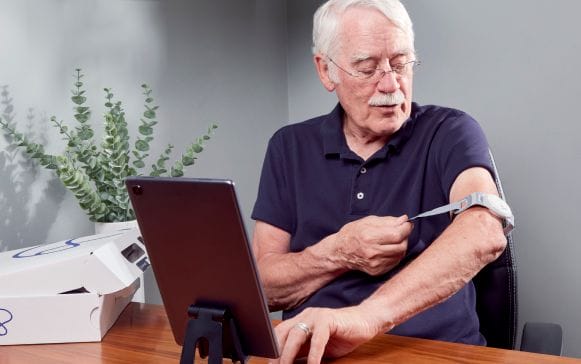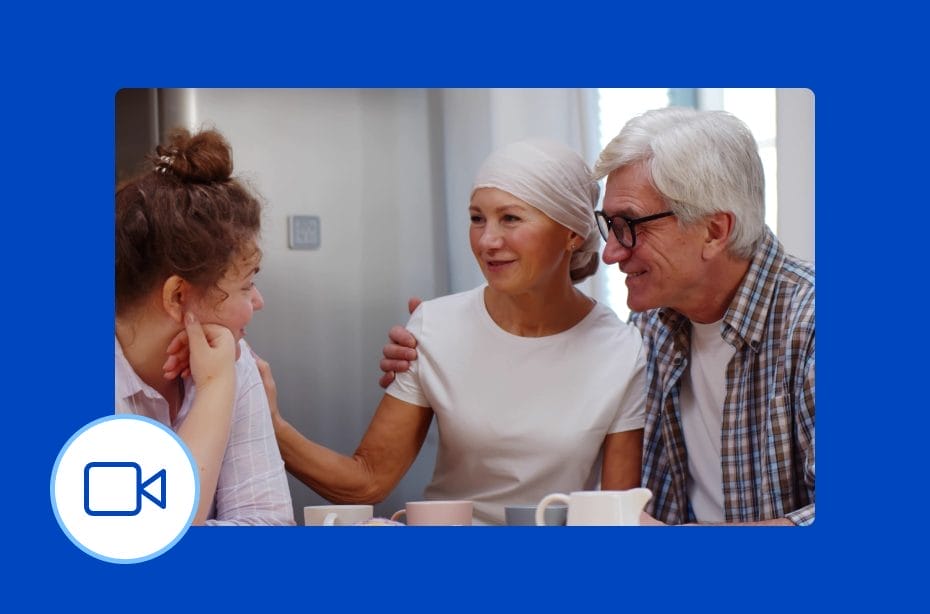From Inpatient to Outpatient: How the Current Health Platform Provides Hope for More Convenient CAR-T Therapy
Cancer patients undergoing Chimeric Antigen Receptor T-cell (CAR-T) therapy face numerous challenges, including the risk of cytokine release syndrome (CRS). CRS can be fatal and has a rapid onset, which is one of the reasons why patients undergoing CAR-T therapy are typically monitored in the hospital during the period when life-threatening toxicities generally occur. These hospital stays are both physically and emotionally taxing for patients and their families. However, continuous vitals monitoring via the Current Health wearable device and platform has shown promise in detecting CRS early and building confidence in a transition from inpatient to outpatient care.
The Methods: Continuous Vitals Monitoring for Earlier Detection of CRS
In an ongoing clinical trial, patients with relapsed/refractory multiple myeloma (RRMM) wore a Current Health wearable device from the time of their CAR-T infusion until their discharge from the hospital. The device monitored patients’ vital signs, including temperature, pulse, respiratory rate, and oxygen saturation. The device was found to detect temperature changes consistent with CRS at a median of 205 minutes earlier than standard of care monitoring.
Implications for Advancing CAR-T Therapy
Not only does this early detection offer the possibility of faster treatment and better outcomes, but it also means that more patients could receive CAR-T therapy on an outpatient basis. This is a significant benefit for patients, as it reduces the burden of hospitalization, infection risk, and costs.
The study found that patients had a high uptake and adherence to the wearable device, indicating that they were comfortable with the technology and saw its potential benefits. The device was able to detect CRS in patients across all grades, and there was an associated variability in pulse, respiratory rate, and oxygen saturation. Higher tachycardia and drops in oxygen saturation were noted in higher grades of CRS.
Transitioning Care to Home for Better Patient Experiences
Overall, these early results suggest that continuous passive monitoring via a wearable like the Current Health device may provide a reliable way to monitor for CRS in the immediate post-CAR-T infusion period, offering hope for faster treatment and better outcomes for cancer patients. The technology is still being studied, but if it proves effective, it could revolutionize the way we approach CAR-T therapy and other cellular therapies.


